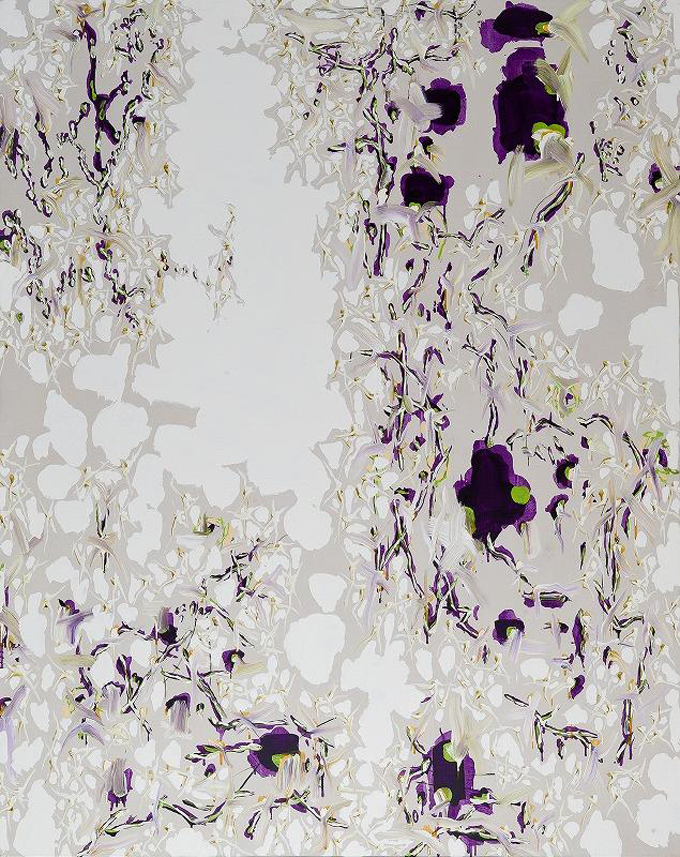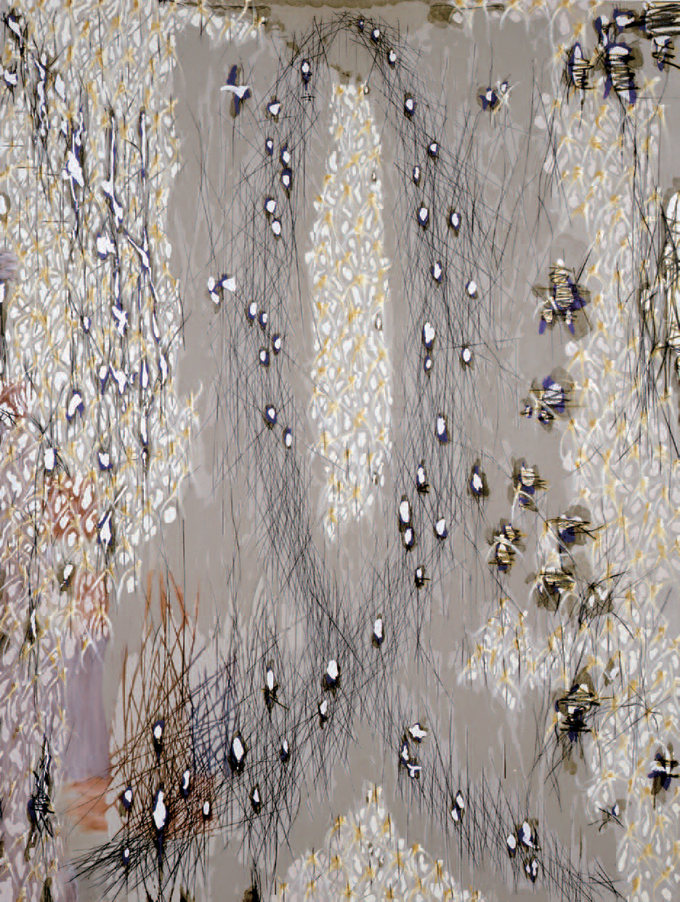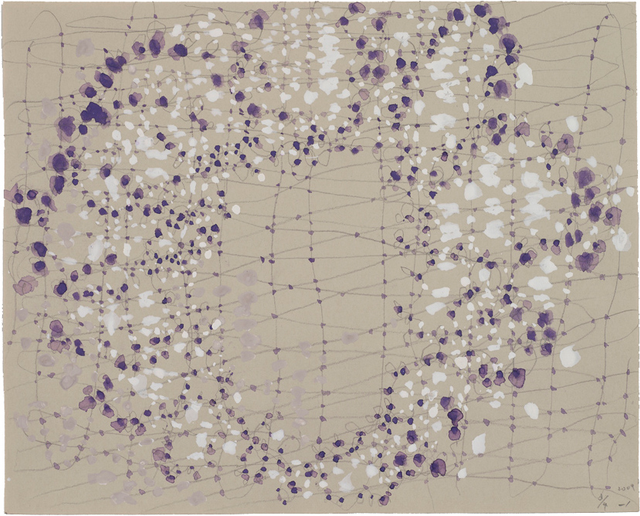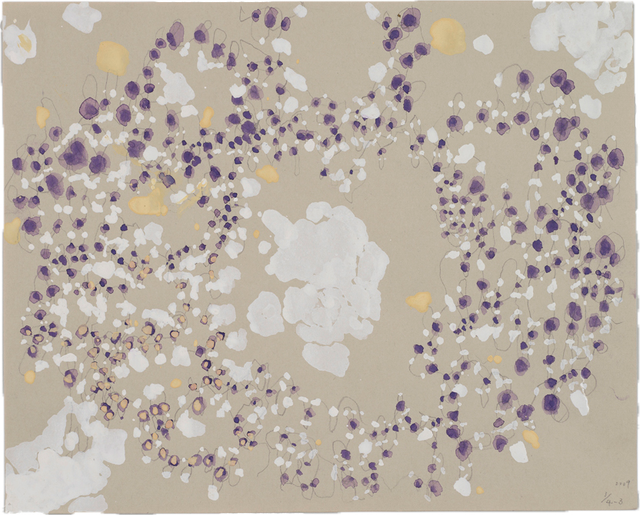Natsuyuki Nakanishi
Natsuyuki Nakanishi (July 14, 1935 - October 23, 2016) was a notable Japanese artist known for his contributions to the Avant-garde art movement in Japan during the 1960s. He explored various artistic mediums, including visual and conceptual art.
Throughout his artistic journey, Nakanishi developed a unique style characterized by subdued palettes and idiosyncratic marks, which gained recognition in the art community. Moreover, he made significant contributions to the field of education through his involvement with the experimental Bigakko school and his professorship at the Tokyo University of the Arts.
Biography of Natsuyuki Nakanishi
Nakanishi was born in Tokyo in 1935. He pursued his education at the Tokyo University of the Arts and graduated in 1958 with a bachelor's degree, specializing in oil painting. During his time at the university, Nakanishi's encounter with the "workers' culture circle" movement ignited his interest in exploring the potential of art to address social issues. In 1960, he actively participated in the endeavors of the influential yet short-lived "anti-art" collective known as the "Neo-Dada Organizers."
Nakanishi initiated his artistic journey as a painter, producing notable works like "Map of Human" (Ningen no Chizu) in 1959 and "Rhyme '60" in 1960. These paintings employed a combination of paint, enamel, and sand. "Rhyme '60" was part of Nakanishi's "Rhyme" series and earned him an honorable mention at the Shell Art Exhibition held at the Museum of Modern Art Kanazawa in 1959. Both the "Rhyme" series and "Map of Human" evoke a sense of topography and feature biomorphic forms on a cellular level.
In 1963, Natsuyuki Nakanishi, Jiro Takamatsu, and Akasegawa Genpei collaborated to establish the experimental art group "Hi-Red Center." During this period, Nakanishi created a remarkable artwork/happening titled "Clothespins Assert Churning Action." This piece involved attaching numerous metal clothespins to various objects. Furthermore, he invited visitors to the exhibition to contribute by adding additional clothespins. The artwork was featured in the fifteenth Yomiuri Independent Exhibition in 1963."
Natsuyuki Nakanishi was one of the founders of the art education program called Bigakko. In February 1969, the Bigakko school commenced its initial programs, which included Hiroshi Nakamura's painting atelier and Nakanishi's drawing atelier. The Bigakko education program aimed not only to provide a radically new approach to art education but also to serve as a platform to support artists who lacked backing from the existing art market.
In April 1996, Nakanishi assumed the position of a professor in the Department of Painting at the Tokyo University of the Arts. Recognized for his contributions, Nakanishi was honored with the title of Professor Emeritus at the Tokyo University of the Arts. In 2003, he retired and became a professor at Kurashiki University of Science and Technology, where he remained until 2007.
Natsuyuki Nakanishi's art style
Nakanishi's art style evolved and incorporated various elements throughout his career. His artistic practice went beyond traditional painting techniques, as he skillfully integrated elements of performance, sculpture, and installation into his work, pushing the boundaries of his artistic expression.
In artistic explorations, Nakanishi confronts profound inquiries concerning the artist's role and his relationship to art-making. While dismantling formal elements and reconstructing them into abstract motifs in his paintings, he also diligently records extensive notes and develops diagrams associated with his works, serving as a compass to navigate his own artistic process.
Years:
Born in 1935
Country:
Japan, Tokyo
Gallery:



